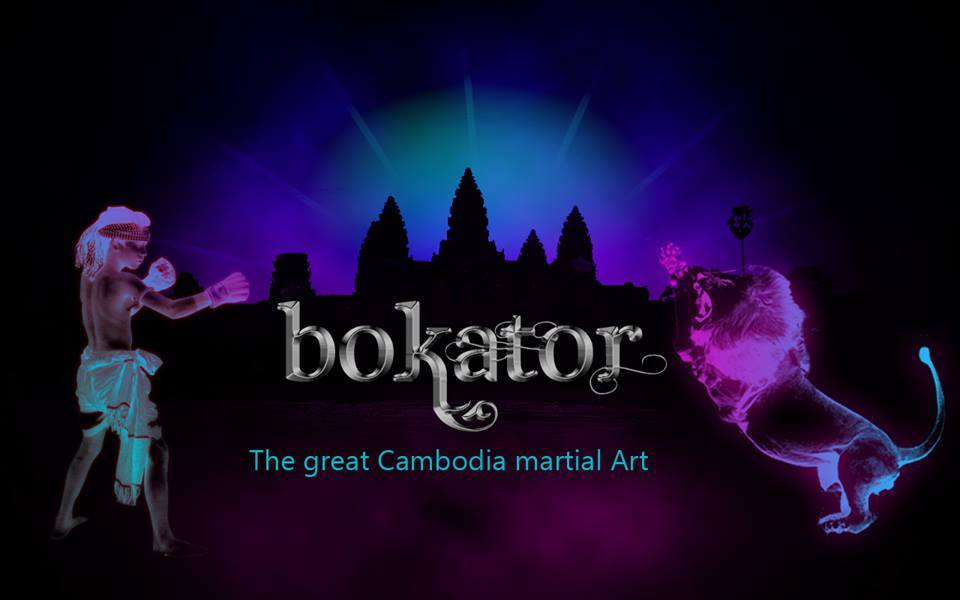Perhaps one of the most unusual representations in the Gallery of 1,000 Buddhas is the rare prostrate figure of the hermit Sumedha.
Sculptures from Angkor National Museum:
Perhaps one of the most unusual representations in the Gallery of 1,000 Buddhas is the rare prostrate figure of the hermit Sumedha. This is one of the most popular stories to be told in Buddhist art, though generally to be found among wall paintings in pagodas. So, this sandstone figure, believed to date from the latter quarter of the 12th century, is a rarity. It was found at the foot of Phnom Veak, where a laterite and brick temple sits atop of the hill, close to Phnom Bok, and was stored at the Angkor Conservation depot before becoming part of the Angkor National Museum collection in 2007. The Buddha-to-be or bodhisattva is lying prone with his arms stretched out beyond his head, both hands clasped together, paying homage. He wears a full-length deer skin garment and has long hair, as befits an ascetic. To be frank it’s not one of the museum’s most attractive of sculptures but it represents a major event in the life of the Buddha, hence its importance. Sumedha’s purpose was to use his body as a bridge for safe passage through a muddy section of road that had not been completed on time, by the Dipankara Buddha and his disciple monks. This sacrifice was appreciated by the Dipankara Buddha, who foretold that Sumedha would become the most enlightened Gautama Buddha in the future. It’s a frequently told story in Buddhism and a way to establish the legitimacy of the future Buddha, anointed by a predecessor.
About Me
I have graduate from BUILD BRIGHT UNIVERSITY(BBU) AND PREAH SIHANOUK RAJA (SBU) I work at Khmer Plus Computer Address: #156BE, St.63 (Trasak Phaem), Sang kat Chaktomok, Khan Daun Penh, Phnom Penh And Much More... Hey..My name is Thol Un Welcome To my site! Hope it will help you! Nice to know you! Indroduce My Self -My name is Thol un.I come from Kompong cham Province -Now I am staying at Langka pagoda .I have graduated from Build Bright University -My Major is Information and Network Technology -I am Working at Khmer Plus Computer -I want to get experience From your Company and develop your Company to be More Successful forever
Thanks for Support
Copyright©️:2021 All Rights Reserved. @Mr. Thol Un Hi every body, In this video I want show about the people success with Website, All This The Result From Website Partnership. Make money online speak Khmer: Please Followers My Website to Get More Videos!! Giving Dharma Is Better Than Giving Things!! Thanks for Support My Website !! This Website is created for the purpose of spreading the Entertainment Cambodia and other History Khmer, Dharma Khmer, Cooking Khmer by posting videos in Website Blogger or Blogspot YouTube and Facebook Page. Thanks and thanks for the support for this Website ..! Thanks For watch all this Website !❤ Like ✅Share ☑️ Comment❤ Kindly donate to the ABA Bank : ❤Thol Un❤ ❤001885833❤















